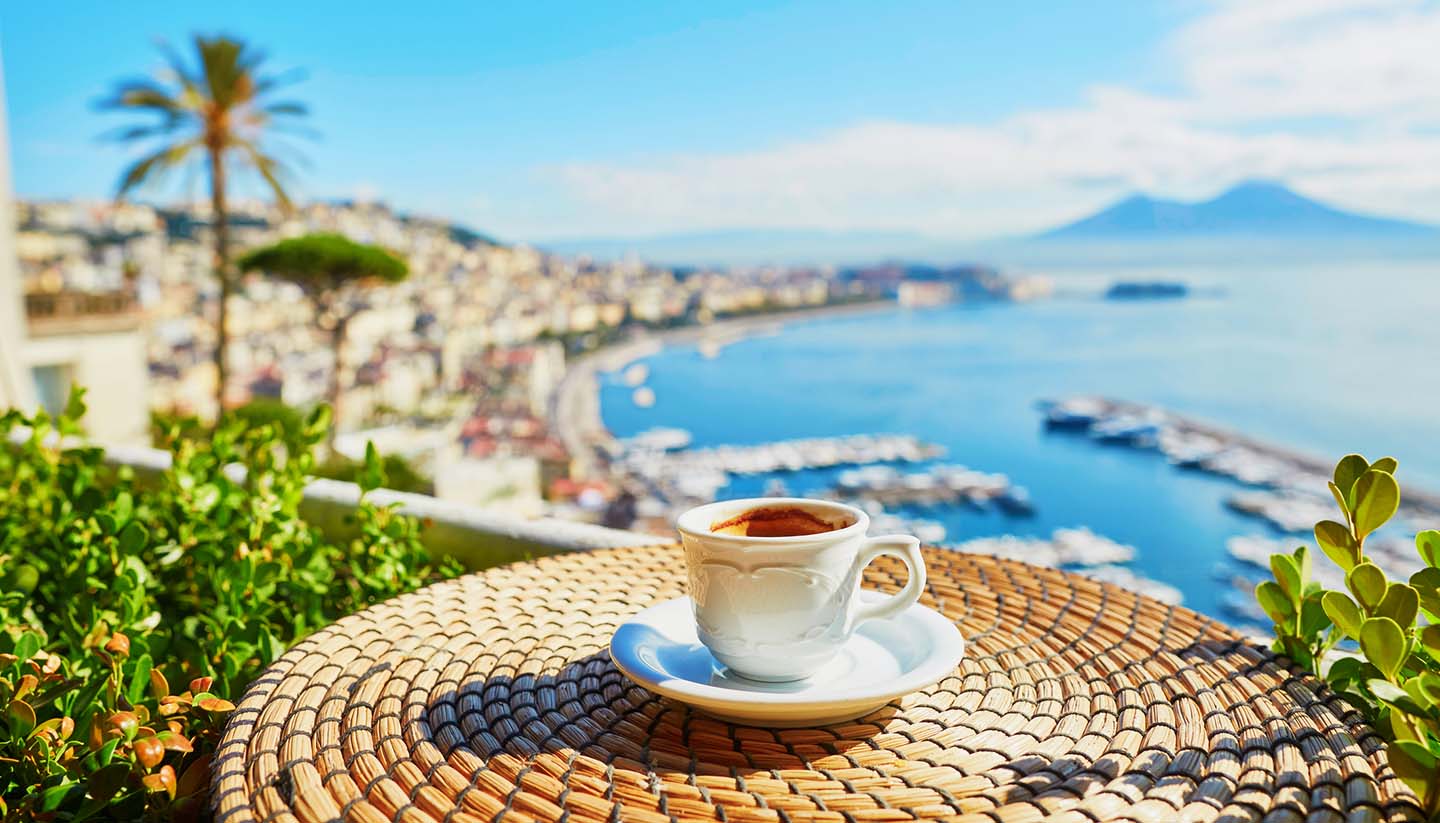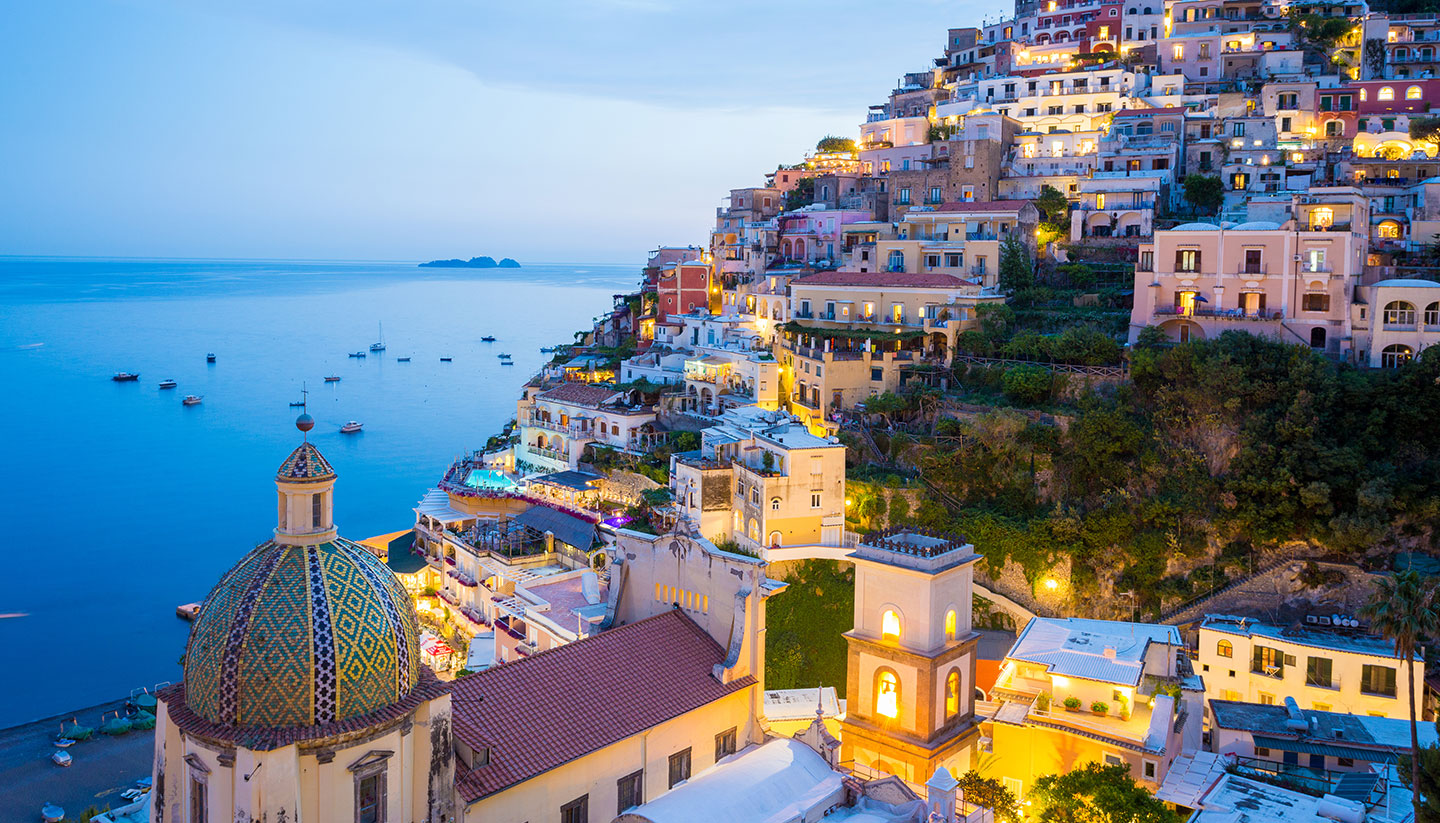Naples History
Dating back some 4,000 years, Naples is one of the oldest cities in the world. Greek settlers established an early colony here about 2,000 BC, and by the 6th century BC they had erected the ancient city of Neapolis. The distinct Neapolitan culture was born then and survived even after the Romans conquered the area.
After Roman times, Naples was ruled by a succession of Goths, Byzantines, Lombards and Normans. In the 12th century it became part of the Kingdom of Sicily and in 1266, the capital was moved from Palermo to Naples. The ruler at the time was Charles of Anjou, who refashioned Castel Nuovo as his residence. Many churches were built in the Gothic style, including the cathedral of Naples.
Conflicts between Angevins, Aragonese and others saw Naples change hands several times, but under the latter the city turned into a centre of the Italian Renaissance in the 15th century. In the 16th century, Naples came under the control of the Spanish Empire and the city grew to become one of the largest in Europe with a population of 300,000 at its peak. Many prestigious artists were nurtured here including Carvaggio and Bernini.
There were briefly successful efforts in the 17th and 18th centuries to establish a Neapolitan republic, until Napoleon conquered the city in 1805. After his defeat, it again became a capital of the united Kingdom of Two Sicilies, and finally joined the newly unified Italy in 1861. The region’s strong identity made it one of the most difficult to assimilate into the new state.
While in the 18th century Naples was a prime destination for Grand Tour travellers, the city struggled to regain its allure in the 19th and 20th centuries. Naples has often been troubled, ridden with crime, poverty and corruption. The region was famously in the grip of the mafia for many years, though there are signs that things are changing. In spite of the economic crisis that struck Italy from 2007-2011, the city has combated its reputation and is now making strides in recovering its eminence as a cultural centre.
Did you know?
• After conquest by the Romans, the Neapolitan region became a holiday resort thanks to its glorious climate.
• The great Roman poet, Virgil, is buried in a mighty tomb in the Piedigrotta district.
• In 1943, Naples became the first Italian city to rise up against Nazi occupation. The Allied forces already found it free when they arrived in the city following the invasion of Sicily.



